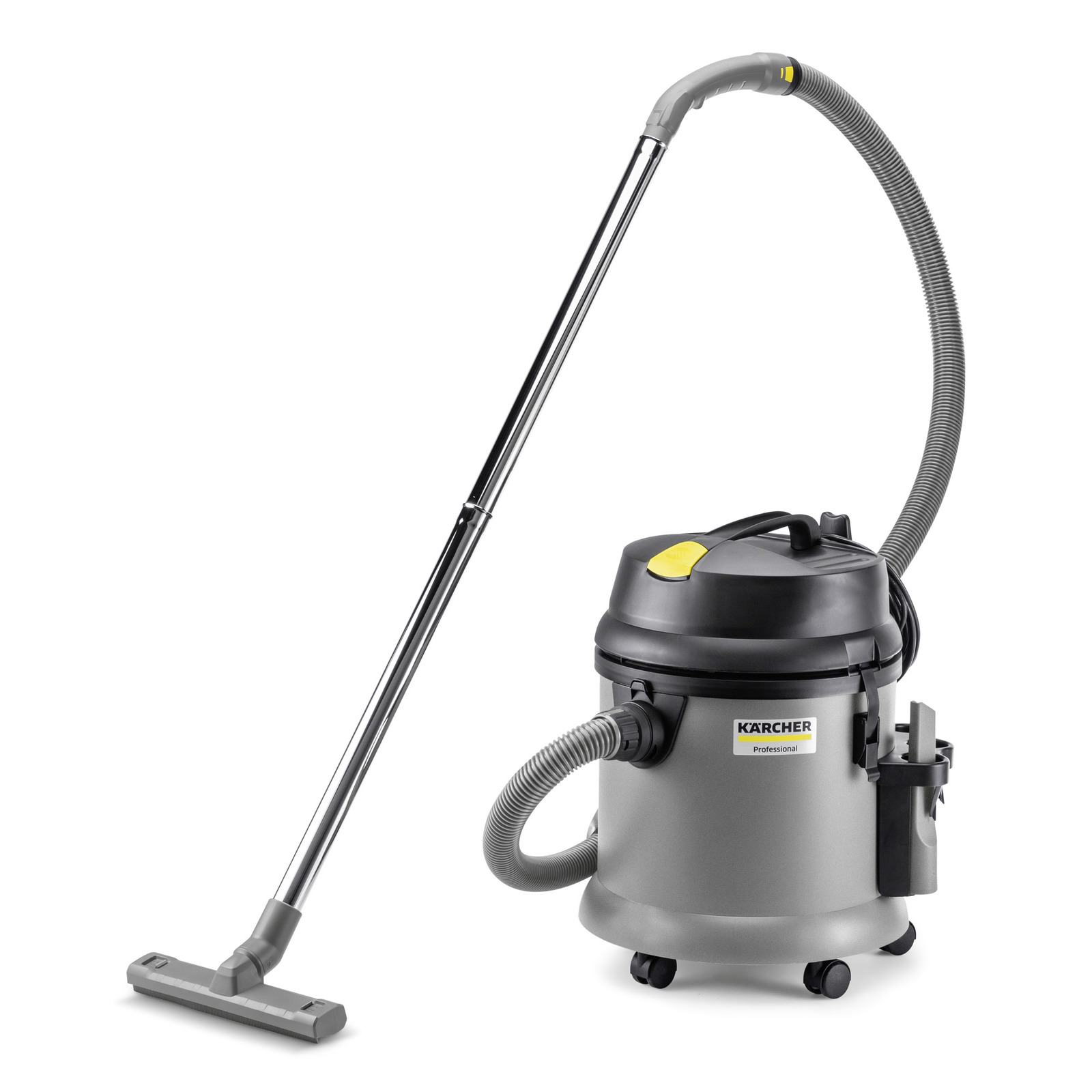Vacuum cleaners are important tools. They help keep our homes clean. But not all vacuum cleaners are the same. There are wet vacuum cleaners and dry vacuum cleaners. Each has its own use. Let’s learn the differences.
Understanding Wet Vacuum Cleaners
Wet vacuum cleaners can handle liquids. They can suck up water, spills, and wet messes. They are great for cleaning up after floods or leaks. You can use them to clean wet carpets or floors. Wet vacuum cleaners are often used in garages and workshops. They are built to handle tough jobs.
How Wet Vacuum Cleaners Work
Wet vacuum cleaners have a special design. They have a strong motor. This motor creates suction. The suction pulls in water and dirt. The liquid and dirt are stored in a tank. This tank can be emptied when full. Some wet vacuum cleaners have filters. These filters help remove small particles from the liquid.
Advantages Of Wet Vacuum Cleaners
- Can handle both wet and dry messes
- Good for cleaning up spills
- Useful for garages and workshops
- Helps in cleaning wet carpets
- Often have strong motors
Disadvantages Of Wet Vacuum Cleaners
- Can be bulky and heavy
- May require more maintenance
- Can be more expensive
- Not always suitable for everyday home use
Understanding Dry Vacuum Cleaners
Dry vacuum cleaners are made for dry messes. They are great for dust, dirt, and small debris. You can use them to clean carpets, rugs, and floors. Dry vacuum cleaners are common in homes. They are lightweight and easy to use.
How Dry Vacuum Cleaners Work
Dry vacuum cleaners have a motor. This motor creates suction. The suction pulls in dust and dirt. The dirt is stored in a bag or a container. This bag or container can be emptied or replaced when full. Some dry vacuum cleaners have HEPA filters. These filters trap small particles and allergens.
Advantages Of Dry Vacuum Cleaners
- Lightweight and easy to use
- Good for everyday cleaning
- Usually more affordable
- Suitable for homes
- Often have HEPA filters
Disadvantages Of Dry Vacuum Cleaners
- Cannot handle liquids
- Not suitable for wet messes
- May not be as powerful

Credit: www.kaercher.com
Comparison Table: Wet vs. Dry Vacuum Cleaners
| Feature | Wet Vacuum Cleaner | Dry Vacuum Cleaner |
|---|---|---|
| Type of Mess | Wet and Dry | Dry Only |
| Weight | Heavy | Lightweight |
| Ease of Use | More Complex | Simple |
| Common Use | Garages, Workshops | Homes |
| Cost | Higher | Lower |

Credit: hoover.com
Which One Should You Choose?
The choice depends on your needs. If you deal with wet messes, choose a wet vacuum cleaner. It will handle liquids and tough jobs. If you need a vacuum for everyday cleaning, choose a dry vacuum cleaner. It is easy to use and good for homes.
Consider Your Cleaning Needs
Think about your cleaning tasks. Do you have a lot of spills? Do you need to clean wet carpets? A wet vacuum cleaner is the best. Do you need to clean dust and dirt? A dry vacuum cleaner is the best.
Consider Your Space
Think about where you will use the vacuum. Wet vacuum cleaners are great for large spaces. They are good for garages and workshops. Dry vacuum cleaners are good for homes. They are easy to store and use.
Consider Your Budget
Wet vacuum cleaners can be more expensive. They have strong motors and special designs. Dry vacuum cleaners are usually more affordable. They are simple and good for everyday cleaning.
Frequently Asked Questions
What Is A Wet Vacuum Cleaner?
A wet vacuum cleaner picks up both liquids and solid debris.
What Is A Dry Vacuum Cleaner?
A dry vacuum cleaner is designed to pick up only dry dirt.
Can Wet Vacuums Clean Carpets?
Yes, wet vacuums can clean carpets by removing water and stains.
Are Dry Vacuums Lighter Than Wet Vacuums?
Usually, dry vacuums are lighter because they don’t handle liquids.
Conclusion
Wet and dry vacuum cleaners serve different purposes. Wet vacuum cleaners handle both wet and dry messes. They are strong and good for tough jobs. Dry vacuum cleaners handle only dry messes. They are lightweight and good for homes. Consider your needs, space, and budget. Choose the right vacuum cleaner for you.
